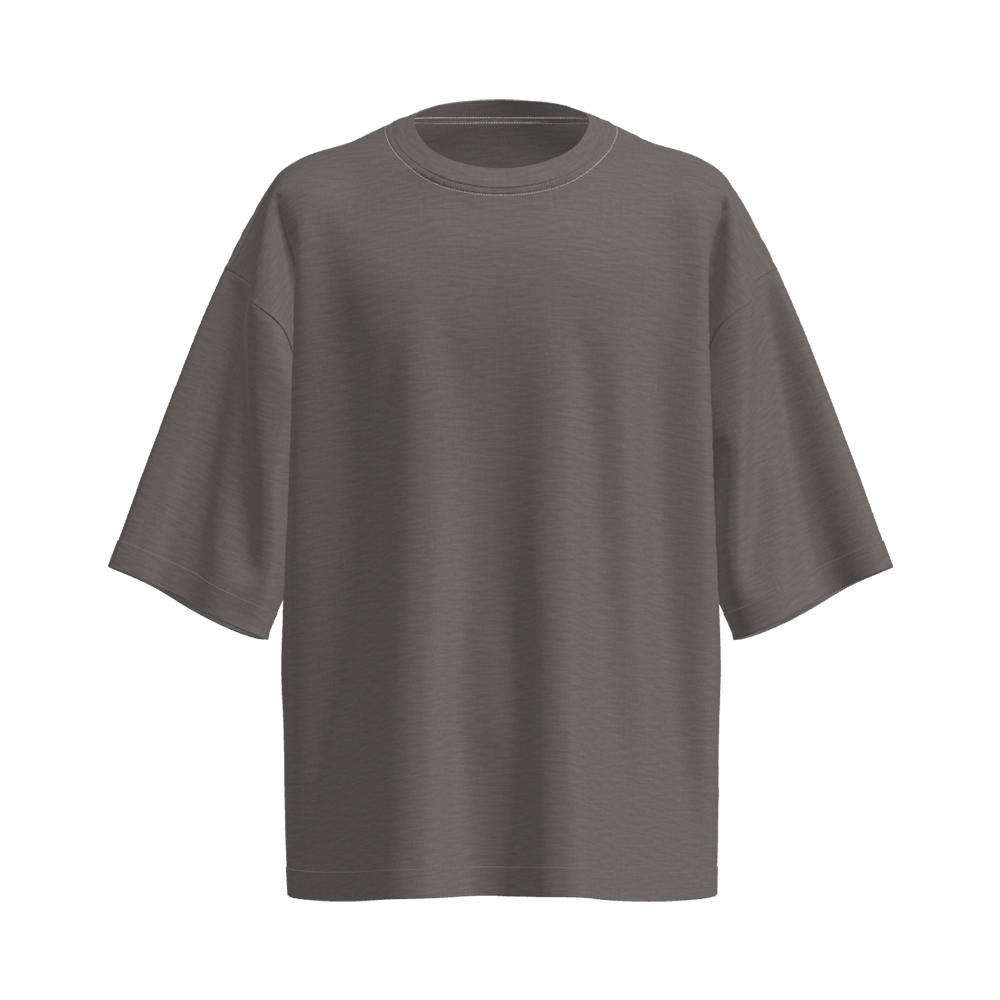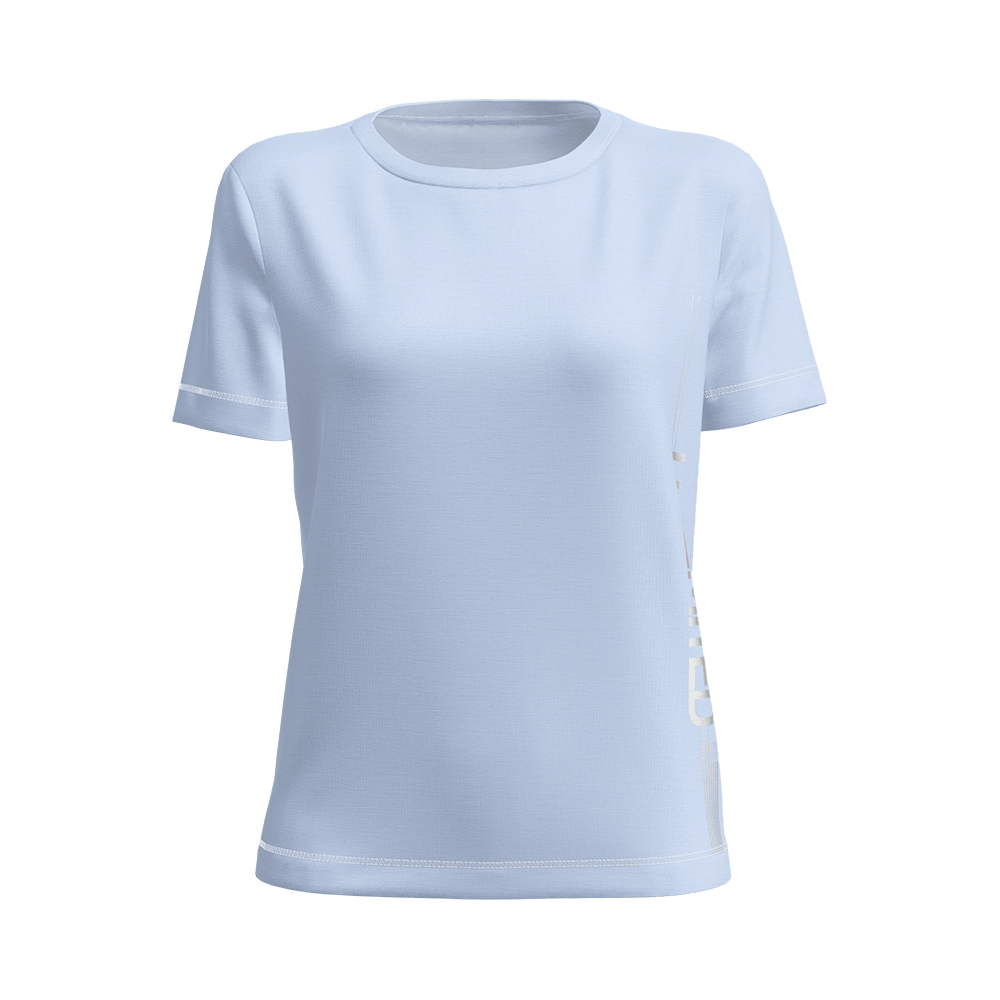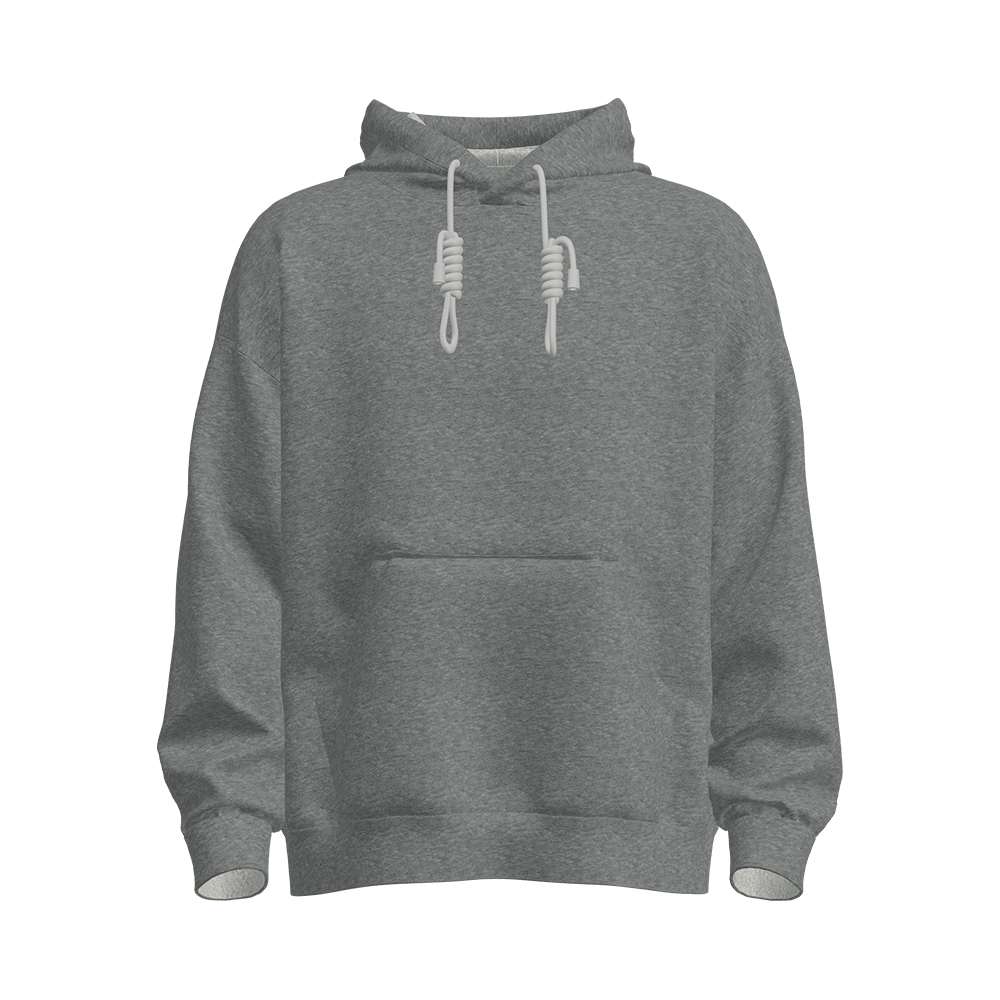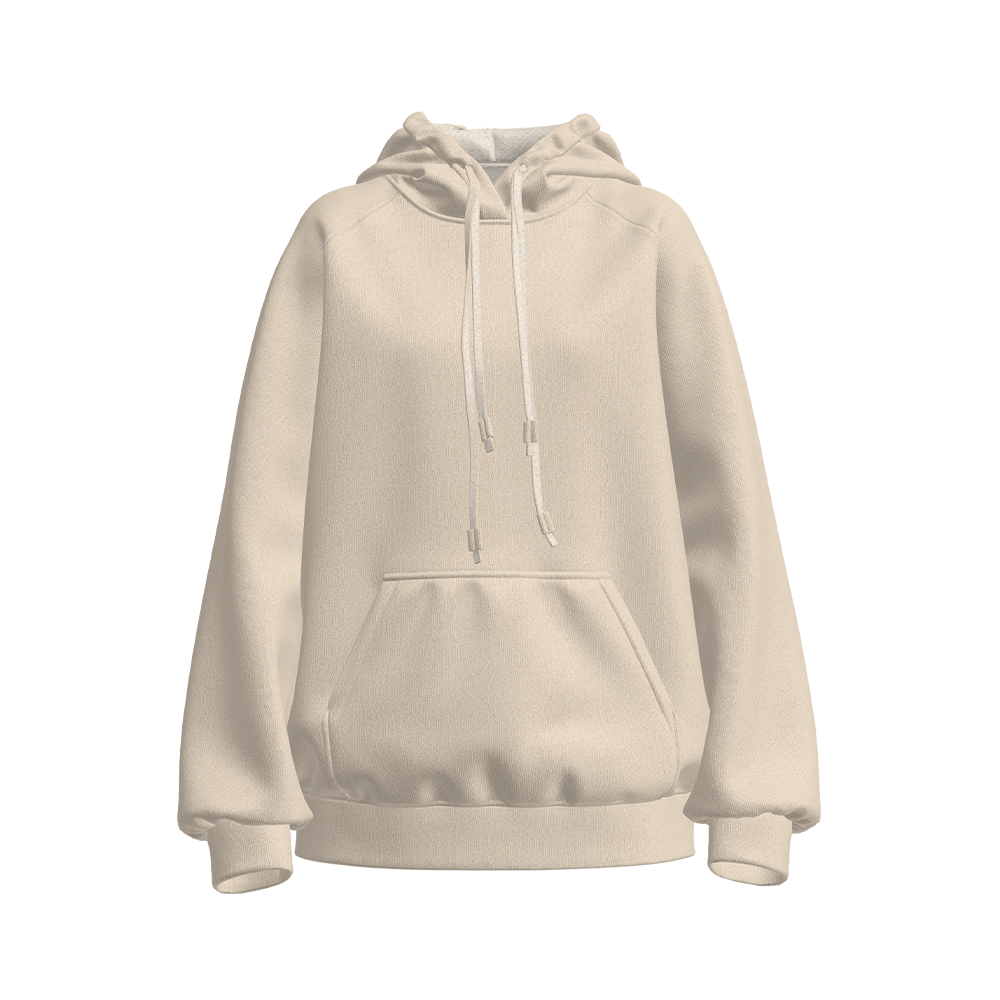
Why do double-sided knitted clothing fabrics have both functionality and market potential?
Double-sided knitted fabrics use double-sided weaving technology to achieve the unity of the front and back structures of the fabrics. Its process characteristics can be summarized into three core advantages:
Double-sided knitting adopts a double-layer weaving structure, and a cross-woven mesh support system is formed inside the fabric, which makes it have tensile and tear resistance. Taking polyester fiber as an example, its breaking strength can reach more than 200N after testing, which is far higher than ordinary single-sided knitted fabrics. In addition, the double-sided weaving structure effectively suppresses the curling phenomenon, and the edge flatness is improved by more than 30% during cutting.
The elastic recovery rate of the fabric exceeds 95%, which can perfectly fit the curve of the human body while maintaining a moderate space for movement. This feature gives it a natural advantage in sportswear, underwear and other fields. Its elasticity mainly comes from the bending and deformation ability of the fiber. In the transverse tensile test, the yarn breaking strength can be maintained at 200-300DNL (count).
Double-sided knitted fabrics are made by special weaving technology, which makes the fabrics remain crisp and not easy to deform after multiple washings. This feature makes double-sided knitted fabrics have significant advantages in cutting and sewing, especially suitable for making suits, jackets and other clothing that require fine cutting. Double-sided knitted fabrics are not easy to fall apart or curl when cutting.
Double-sided knitting technology makes the fabrics double-sided, with the same appearance on both sides, which can achieve a design effect of one garment with multiple uses. This design can not only maintain the three-dimensional sense of clothing, but also reduce cutting waste. For example, the double-sided knitted single-sided pique Roman design, through the same color and flat surface, not only retains the stability of the pique structure, but also improves the visual consistency of the fabric.
The design advantages of double-sided knitted fabrics are reflected in the following aspects:
All patterns of double-sided knitted fabrics are basically produced using jacquard technology, and geometric and curved surface effects can be produced by dyeing yarns. For example, double-sided knitted fabrics produced using jacquard technology can form complex geometric patterns on the surface to enhance visual appeal.
Double-sided knitted fabrics, through their unique weaving structure, give designers greater design freedom, which can not only meet functional requirements, but also realize the multiple uses of fabrics through personalized customization.
Double-sided knitting technology realizes the diversified expression of fabric functions through the combination of patterns and fabrics. For example, the formation of structures such as beaded mesh on the surface enhances the visual effect and design sense of the fabric.
Double-sided knitting technology gives fabrics more possibilities. For example, through blending with chemical fiber materials such as acrylic and acrylic, the fabric retains the soft touch of traditional knitted fabrics and has breathability and moisture absorption. This feature makes the application of double-sided knitted fabrics in the field of sportswear, which can improve wearing comfort through functions such as rapid perspiration and breathability.
Double-sided knitted fabrics form a three-dimensional elastic network through a double-sided weaving structure, and the lateral stretch recovery rate can reach more than 150%. After testing, its tear strength is 40% higher than that of single-sided knitting, and it can still maintain more than 90% dimensional stability after repeated washing. This elasticity comes from the two-way stretch resilience network formed by double-sided weaving, and the three-dimensional structure of the jacquard process makes the fabric naturally windproof and breathable.
Knitted fabrics are usually easier to clean and maintain, and their easy-to-wash and quick-drying characteristics make this type of fabric in cleaning and maintenance. For example, a quick-drying double-sided knitted fabric launched by a sports brand can still maintain its original shape after multiple washes, thanks to its special jacquard process. In addition, through double-sided knitting technology, such as the use of regenerated cellulose fiber and regenerated fiber blending technology, it can effectively prevent fabric fuzzing and pilling, and improve the durability and service life of the fabric.
Double-sided knitted fabrics have shown significant application value in many fields due to their unique process characteristics:
In the field of sportswear, the breathability advantage of double-sided knitted fabrics makes it an ideal choice for making sportswear. Its mesh structure allows air circulation, enhances the moisture absorption and perspiration function of clothing, and meets the needs of high-intensity exercise. For example, brands such as Nike and Adidas have applied double-sided knitting technology to yoga wear, running wear and other scenarios, combined with fabric elasticity, to launch a product series that is both functional and fashionable.
The application of double-sided knitted fabrics in the fields of medical care, home textiles, etc. continues to expand, and its application in special scenarios such as antibacterial and radiation protection continues to expand. For example, in the medical field, double-sided knitted fabrics can be used to make protective clothing, bandages, etc. to meet the needs of use in special environments.
LATEST POST
Let’s create something amazing together
contact usDon't hesitate to contact when you need us!



 English
English 한국어
한국어 中文简体
中文简体









 +86-512-52528088
+86-512-52528088 +86-512-14546515
+86-512-14546515

